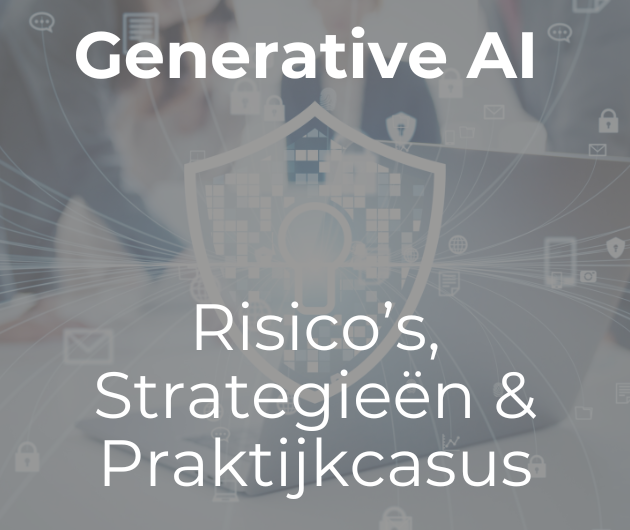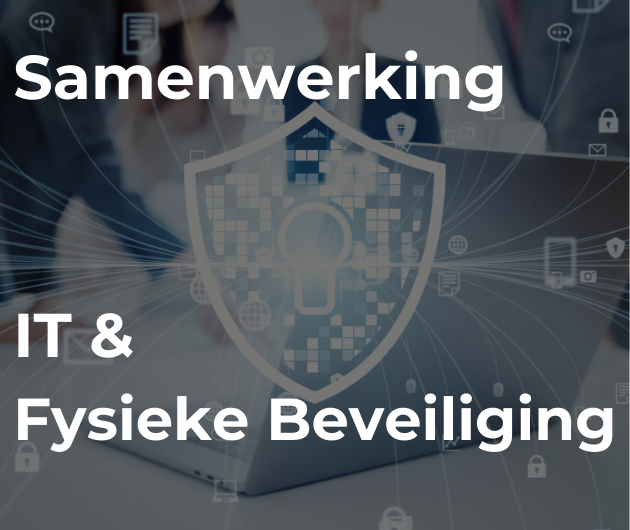There is a substantial part of most companies budget spent on IT. It is impossible to work out just how much is spent these days because the phrase "Information Technology" covers everything from business critical data processing to word processing and everything in between. In the distant past IT focussed entirely on data processing and that was controlled by an IT department. As a result all spending could be identified and accounted for. But today IT is embedded in most sectors of business and costs can easily be miscalculated..
The lack of understanding of the real returns from investments in IT are obvious and have been for some years. Because modern systems involve individual computers, either PCs or NCs of some sort, the cost of ownership can be disguised. For years the PC was claimed to be a cheap alternative to an expensive mainframe, and yet study after study (with no exceptions!) showed that the true cost of ownership per user was at least double that of the older systems. Of course the newer systems with GUI interfacing are easier to use and thus more productive than the old character based terminals, the point being that in reality the GUI based systems cost more but are more productive. A simple business decision therefore one would assume; there should have been no need to make fallacious claims of "lower costs", and so there should be some questions asked as to how such stupid practices were allowed to flourish. One must wonder about the competence of financial directors around the world that they were so easily mislead. The answer probably is that no large organisation had any methodology for evaluating spending in such a decentralised fashion and divide and conquer ruled the day.
Once started the excessive spending on IT is difficult to stop and even today there are few signs of anyone working out the true value to an organisation and making a sound business case for investment.
Of course this problem is not constrained to the purchase of PC systems. The value to a business for the last two upgrades to Microsoft Office is negligible; indeed the software has become so top heavy and clumsy that for many (most?) users there is a negative value. The upgrades are justified because without them the older software is incompatible with the new release and few companies appear to have the infrastructure to resist this move. But the same argument applies to business critical systems. There has been vast spending on the replacement of various older data processing systems with "integrated" ERP systems, but I don’t hear many glowing comments about the success of these changes, indeed quite a few people claim that the complexities are counter productive. It remains to be seen whether or not the latest trends, enforced by new e-commerce requirements, will be easier to handle with new ERP systems or whether the nightmare of incompatibility is rearing its ugly head again.
But the most intriguing situation so far has cropped up with CRM systems. It all began with the huge success of WalMart, who exploited one of the earliest data warehouses to better plan its stores. WalMart became the dominant American superstore and the investment in data warehousing was claimed to be the major factor. Of course this cannot be proved, it could simply have been due to better purchasing or better store locations, etc. But once the Data Warehouse concept had been exposed then there was no choice. All another retailers had to follow suit. But once that happened then WalMart had lost their initial advantage. Thus they had to try and move ahead by exploiting their lead and making better use of the data. From simple queries, techniques were developed for analysis, planning, and in particular a focus on the customer. Again everyone else followed suit, which helped the IT industry but did it help the retailers? Probably not, because since everyone is forced to follow suit, just in case, then apart from short intervals, everyone arrives at the same point and there is no competitive advantage, just a big bill!
All this would be acceptable however if it resulted in better service for everyone, but it hasn’t. In fact one hears more complaints about customer dissatisfaction than ever. Things are probably better in fact, but everyone is told of massive improvements which the IT systems cannot deliver, resulting in an apparent reduction in service.








